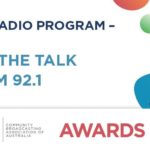Can baboons read?
Not exactly, but in a recent experiment, they could tell the difference between real words and fake words. What does this tell us about animals, and what could it do for us?
Linguist Daniel Midgley spells it out on this episode of Talk the Talk.
Listen to this episode
You can listen to all the episodes of Talk the Talk by pasting this URL into your podlistener.
http://danielmidgley.com/talkthetalk/talk_classic.xmlShow notes
The original article in Science (paywall)
http://www.sciencemag.org/content/336/6078/245.abstract
And several good breakdowns (sciency ones first).
http://www.sciencedaily.com/releases/2012/04/120416125245.htm
http://blogs.discovermagazine.com/notrocketscience/2012/04/12/reading-without-understanding-baboons-can-tell-real-english-words-from-fake-ones/
http://www.bbc.co.uk/nature/17676129
http://www.reuters.com/article/2012/04/12/us-usa-baboons-idUSBRE83B1A920120412
Writing’s only been around for a short time, so our brains would have had to use whatever visual and pattern recognition skills were at hand.
http://www.slideshare.net/macloo/clay-tokens-and-the-origin-of-writing
Dyslexia may be a failure of visual attention, rather than letter-to-phoneme processing.
http://www.newsfactor.com/news/Baboons-Learn-To-Recognize-Words/story.xhtml?story_id=13000006F4LO
The authors think the apes are processing ‘bigrams’, or two letters at a time. (PDF)
http://www.unicog.org/publications/DehaeneCohenSigmanVinckier_LCDmodelReading_TICS2005.pdf
But why would that be necessary? Yoav Goldberg can get computer models to do it by assessing probabilities of single letters.
http://www.cs.bgu.ac.il/~yoavg/uni/bloglike/baboons.html
This post by Mark Liberman of Language Log shows how low-frequency letters can push down the probability of a string of letters being an actual word.
http://languagelog.ldc.upenn.edu/nll/?p=3912








